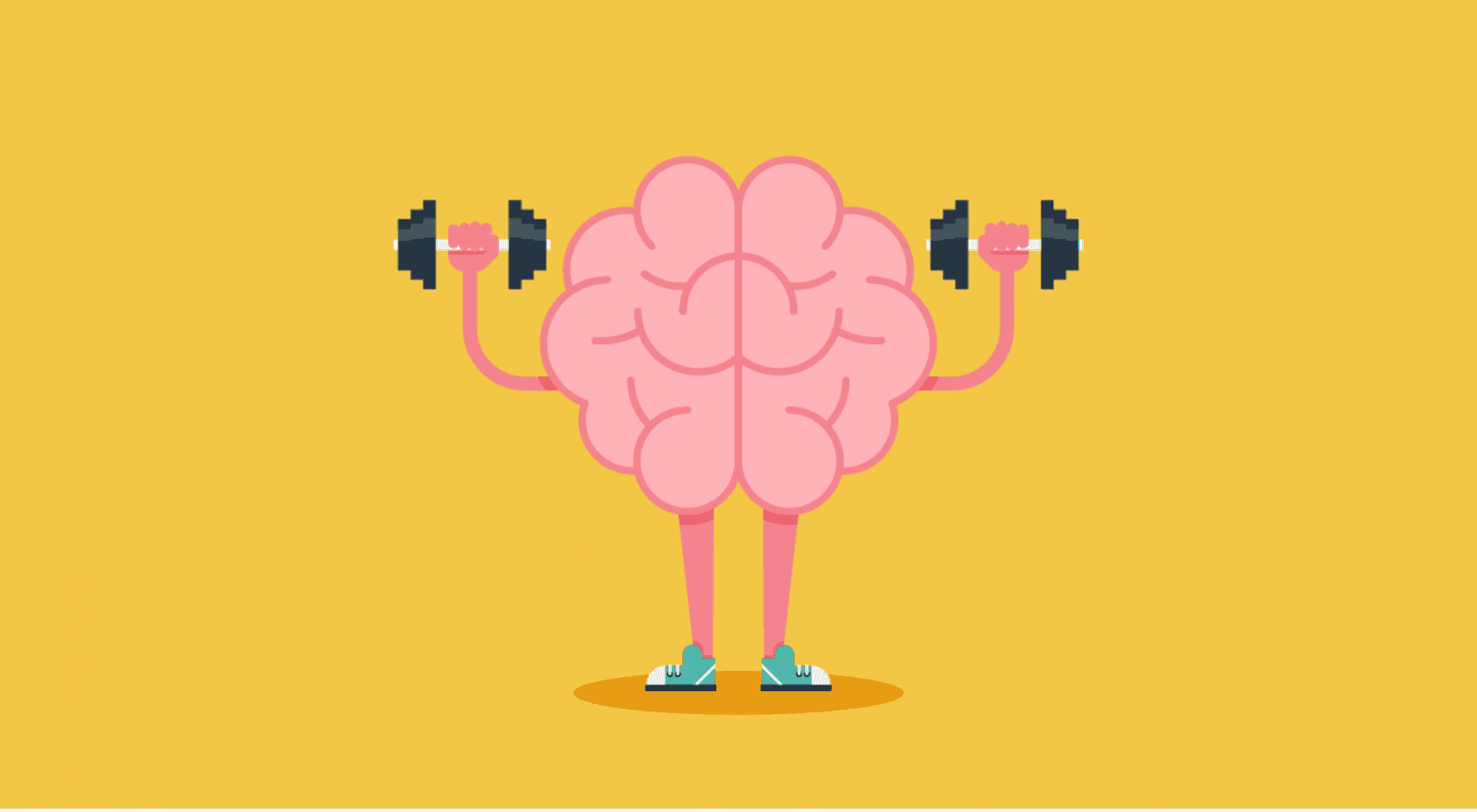Pump Up the Brain
by Lindsay Borthwick
Some of the latest work from researchers at the Kavli institutes around

The Author
The Researchers
Every two years, the month of May brings a global celebration of achievement in neuroscience, in the form of The Kavli Prize. This year’s laureates, David Julius from the University of California, San Francisco, and Ardem Patapoutian from Scripps Research, also in California, were honored “for their transformative discovery of receptors for temperature and pressure.” Their research has taken them on a fascinating and unpredictable journey into the nervous system at the molecular level. Here, we highlight some of the latest work from researchers at the Kavli institutes around the world who have embarked on a similar journey.
Pump up the brain
The health benefits of exercise abound, including in the brain. But how does exercise exert its beneficial effects like boosting mood and concentration and enhancing motor skills? New evidence from researchers at the University of California, San Diego, shows that in response to exercise some neurons swap chemicals, changing the signaling molecules they use to communicate with one another. Working with mice, the researchers also showed that this signaling change leads to improved motor learning. The study builds on paradigm-shifting research by Nicholas Spitzer, director of the Kavli Institute for Brain and Mind, demonstrating neurotransmitter switching in depression. In the new research, mice that exercised daily for a week were able to master new motor skills, such as the ability to cross a balance beam quickly, compared to mice that didn’t train. The researchers found that a specific population of neurons in the animals’ brains switched from an excitatory neurotransmitter to an inhibitory one.
The tick-tock of time
A longread in The Scientist explores a theory of how our brains keep track of when events take place. The story begins in Trondheim, Norway, at the Kavli Institute for Systems Neuroscience, shortly after Edvard Moser and May-Britt Moser’s discovery of grid cells in the brains of rats, which generate a virtual map of the animals’ environment. It continues until today, following the twists and turns of experimental research into how the brain encodes a time signal as it lays down memories.
Built-in resilience
The nervous system’s remarkable ability to adapt protects us from disease—until it is pushed to its limits. Eventually, progressive, degenerative diseases like amyotrophic lateral sclerosis (ALS) can overwhelm that built-in resilience, which is why researchers are striving to understand how it works. Now, UCSF researcher Graeme Davis and his team have discovered a protective mechanism in synapses, the connections between neurons, that is activated in response to neurodegeneration. “We also show for the first time that this self-corrective mechanism is amazingly potent – keeping mice with ALS alive twice as long as they would otherwise survive,” said Davis, a member of the UCSF Kavli Institute for Fundamental Neuroscience. The team aims to develop drugs that could target the self-corrective mechanisms to make the nervous system more resilient to ALS and other neurodegenerative diseases.
Structure solved
Another study by a member of the UCSF Kavli Institute, Robert Edwards, provides the first look at one of the brain’s most important proteins: a glutamate transporter known as VGLUT2. VGLUT2 helps recycle glutamate, the most common molecule brain cells use to commute, by loading the neurotransmitter into synaptic vesicles. These pouch-like vesicles fuse with the cell membrane and release glutamate into the space between neurons, transmitting signals from one brain cell to the next. This load-and-release cycle is tightly controlled because too much glutamate can actually lead to cell death, a process that has been implicated in epilepsy and some neurodegenerative diseases. In the new study, the UCSF research team solved the protein structure of VGLUT2—a crucial step toward understanding how it works—using a revolutionary technique for imaging proteins called cryo-electron microscopy. With VGLUT2’s structure in hand, the researchers can begin to design drugs to manipulate its function.
#ICYMI (In case you missed it)
In a fascinating opinion piece about decision-making in a time of crisis, Daphna Shohamy, a neuroscientist affiliated with the Kavli Institute for Brain Science at Columbia University, reminds us: “Millions of years of evolution have given your brain the ability to make decisions when things are uncertain. In fact, this is how your brain solves decisions all the time. It can be unnerving to recognize how much future-telling goes into your decisions. But even when faced with a reality that is vastly different from anything we have experienced before, the hippocampus can rise to the occasion, bridging the past with the future.”